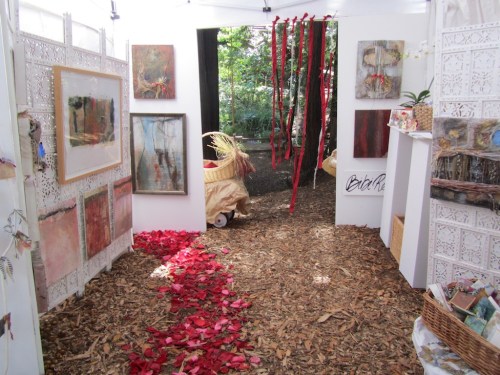Italians, under siege from coronavirus, began taking to their balconies and windows, at an appointed hour each night, to serenade one another with their national anthem. It was a show of solidarity, something to provide uplift in these brutal times. Residents in Chicago followed suit, singing a city-wide version of Bon Jovi’s Livin’ on a Prayer. In Dallas, people sang Bill Withers’ Lean on Me in unison. In Brussels, Seattle, New York, Medellín–in places all over the globe–people started standing on balconies and doorsteps and clapping to applaud health-care workers, often at 8 p.m., local time. The phenomenon even spawned a hashtag: #solidarityat8.
In Mill Valley, CA, we have the Mill Valley Howl. Started a week after shelter-in-place orders, the Howl has grown to a citywide cry at 8 p.m. each evening, when cooped-up residents open their windows or go out onto their front yards, decks and streets, and howl at one another into the night. It’s an amazing show of solidarity, of a kind of momentary community joy, while at the same time evincing something more primal. I hear anguish in the Howl. I hear prayer (or perhaps I feel it, looking up at the bright star of Venus, while we’re all baying into the twilight.)
From my house, the Howl seems to start low in the valley and swell and run through the neighborhoods and canyons and up into the hills. It takes on different shapes in its few short minutes, before dying back down. Dogs and perhaps actual coyotes join in. I howl back at the noise and my neighbors’ lit houses. I howl to thank the first responders on the front lines. I howl to mark the days of this strange time. In a town in which people are temporarily sequestered in houses that are largely tucked away from view, howling lets others know, distinctly, “I am here. And I see (or at least hear) you.”
The Howl suits this place, at the edge of the wilderness, the same way operatic versions of the national anthem suit Italy. A howl is a call of social pack animals. We’re bonding with each other as we mark our territory–this territory, this moment–we’re here in our houses, we’re here on the planet, we’re with one another, alone and yet together.
Photos: Mill Valley Fall Arts Festival, Suz Lipman; Public Domain




























































